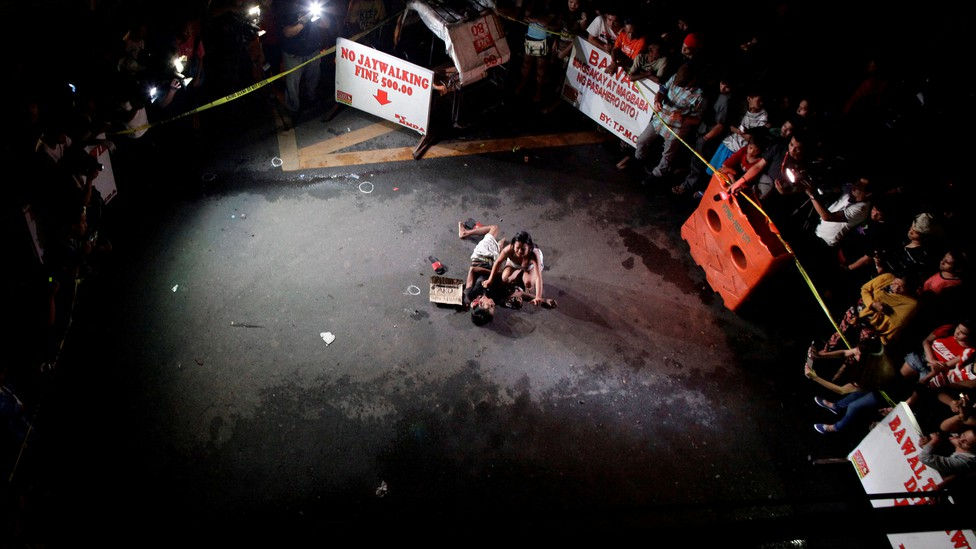Halalan 2022: Prevalence & Causes of Drug Use - Policy Questions for the Presidentiables
- Raymund Narag
- Nov 8, 2021
- 3 min read
Part 3 of a Series
In this upcoming elections in the Philippines, what are the agenda of the presidential candidates in relation to issues and concerns of our criminal justice system. We hope that as voters, we include these concerns as we choose who will lead our nation.

----
The prevalence and causes of drug use have been politicized in the Philippines. President Duterte painted a picture of a huge menace created by drug users: that is, drug users are engaged in violent crimes, killing innocent people and raping children; they engage in robbery, theft and other property crimes to satiate their drug cravings; and that addicts roam the streets like "zombies" creating fear to the hearts of the general public. President Duterte also claimed that drug use had destroyed the fabric of the families and the communities where drug dealing and selling had been rampant.
These dire pictures have been sold and bought by the public. Thus, President Duterte also easily sold the simple yet brutal solution: the strong use of police force to arrest and detain the drug users, and if they "fight back", for the neutralization (killing) of the said "drug addicts". These have resulted to at least 6,000 Filipinos killed by the hands of the police and another 25,000 or so Filipinos killed by unknown assailants. It has also translated to the extreme congestion of our already overcrowded jails.
The key issue here, however, is that very few studies had actually conducted a scientific inquiry to establish the prevalence of drug use in the Philippines. One survey study of school age students found that 1.8 percent of respondents admitted to drug use (defined as either marijuana or shabu use at least once in their lifetime) which was then used to extrapolate that 1.8 million of the 100 million Filipinos used drugs. This extrapolation is erroneous in so many fronts. For example, at least 20 million Filipinos are still in pre-school so they should have not been included in the extrapolation. Also, taking drugs at least once does not indicate regular drug use. Thus, the estimate that there were 1.8 million Filipino "drug addicts" questionable and scientifically unsound.
The key point is without a basic knowledge of the "actual" and not the perceived prevalence of drug use, we cannot know the real magnitude of the problem. While we do not downplay the nature of the problem, it can also lead to exaggerated response. For example, in the USA, 13 percent of high schoolers self-admit to the use of drugs, way higher than the 1.8 percent reported, but it did not translate to mass killings of drug users.
Second important issue is that very few studies try to understand why Filipinos use and abuse drugs (shabu primarily). The few studies that investigated show that Filipinos use shabu for "energy", that is to keep them awake during long hours of work (drivers, meat vendors, call center agents, etc, stay late at night and they use it as "pampagising"). Shabu is also used due to peer pressure, lack of family monitoring, and to overcome boredom and stress. Marijuana is more likely to be used by teenagers as they try to satiate their curiosity and adventurism. Ecstasy is more likely to be used as party drugs during concerts for the rich and famous. Low level drug dealers engage in this trade due to lack of employment opportunities.
Trying to understand the reasons for drug use provide a better sustainable and long-lasting solution to the problem of drugs. For example: if the reason for drug use is work-related, changes in the work structure should be in place. Taxi operators, for example, should evaluate the 24-hour work for taxi drivers. Call center agencies should provide respite during graveyard shifts for their employees. Schools should teach students on how to resist the negative influence of peers. Programs to improve parental skills in monitoring their children should be also be introduced. Strict monitoring of concerts by establishing certain standards can be imposed on organizers. Mechanisms to improve local employment programs, such as skills development by TESDA, capital loans provided by DSWD, can all be enlarged to meet more clients.
By understanding the prevalence and root causes of drug offending, we can provide sustainable solutions. We can realize that killing our fellow Filipinos is not the solution to this enduring problem. Even if the drug addicts are physically eliminated, the root cause of the problem stays and new drug users will simply emerge.
For the candidates in this elections: what are your positions on the drug issue?
For the voters: ask your candidates: what is their agenda on the issue of drug use?

--- photo: Czar Dancel/Reuters


Comments